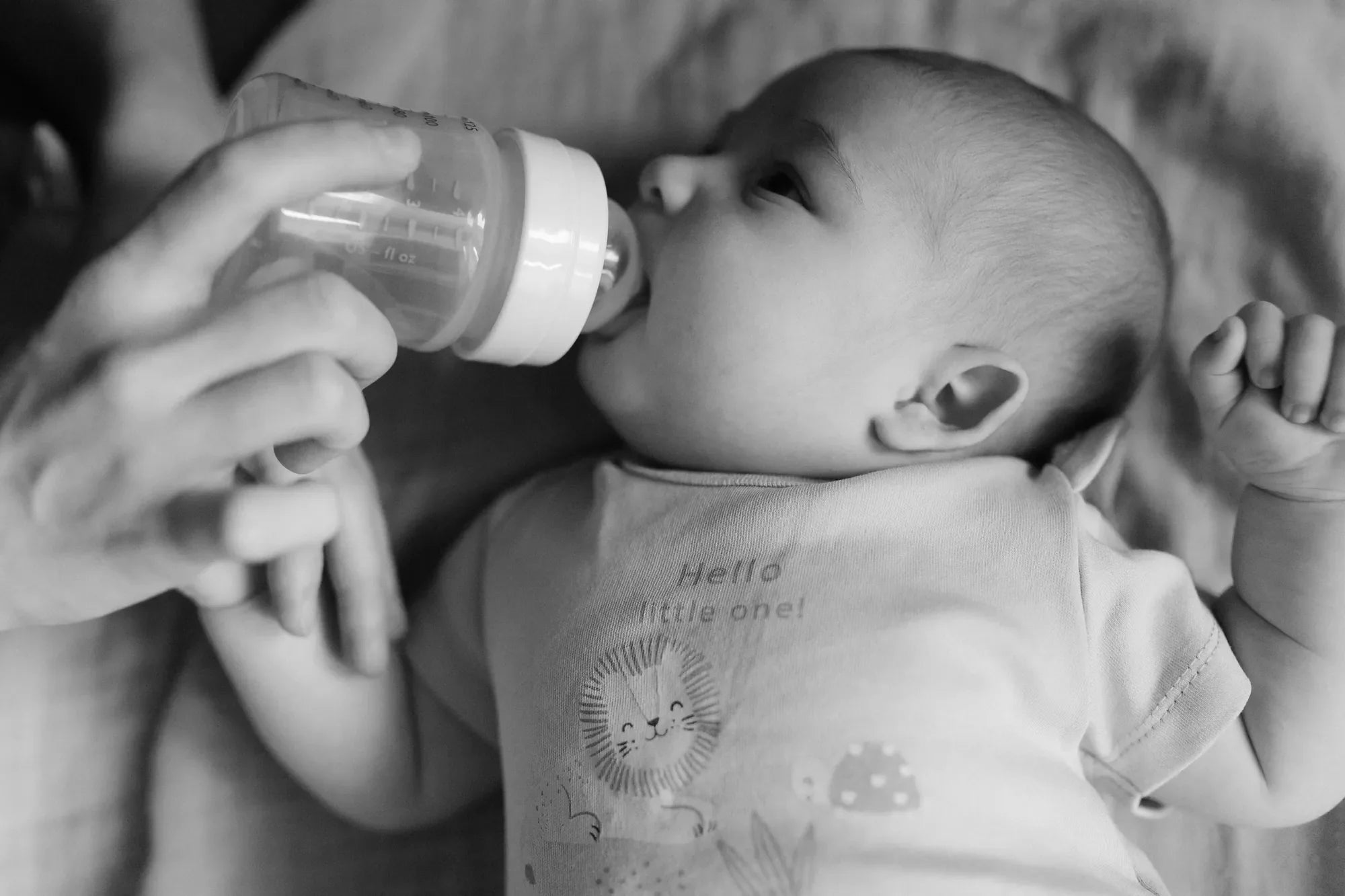Inicio
Pregnancy, Breastfeeding, and Pumping: The Ultimate Guide for Moms
What Happens If Breast Pump Flange Is Too Small: A Comprehensive Guide

What Happens If Breast Pump Flange Is Too Small: A Comprehensive Guide
Using a breast pump can be a game-changer for nursing mothers, but it’s essential to ensure that every component fits correctly. One of the most critical parts of a breast pump is the flange, which directly interacts with your body. But what happens if the breast pump flange is too small? This article dives deep into the potential issues, how to identify them, and what you can do to avoid discomfort and inefficiency.
Understanding the Role of the Breast Pump Flange
The flange, also known as the breast shield, is the part of the breast pump that fits over the nipple and areola. Its primary function is to create a seal that allows the pump to express milk effectively. A properly fitting flange ensures comfort and maximizes milk output. However, if the flange is too small, it can lead to a host of problems that may affect both your comfort and your ability to pump milk efficiently.
Signs Your Breast Pump Flange Is Too Small
Identifying whether your flange is too small is the first step toward resolving the issue. Here are some common signs to watch out for:
- Pain or discomfort during pumping
- Redness or soreness around the nipple
- Swelling or inflammation of the nipple
- Decreased milk output
- Nipple rubbing against the sides of the flange
If you experience any of these symptoms, it’s crucial to assess the fit of your flange and make necessary adjustments.
Potential Consequences of Using a Too-Small Flange
Using a flange that is too small can have several negative effects on your pumping experience and overall breast health. Here’s a closer look at what could happen:
1. Pain and Discomfort
A too-small flange can cause significant pain and discomfort. The nipple may rub against the sides of the flange, leading to soreness and irritation. Over time, this can make pumping a dreaded task rather than a helpful tool for milk expression.
2. Reduced Milk Output
When the flange is too small, it may not create an effective seal, leading to reduced milk output. This can be frustrating, especially if you’re relying on pumping to maintain your milk supply or store milk for future use.
3. Nipple Damage
Continuous use of a too-small flange can cause damage to the nipple, including cracks, blisters, and even bleeding. This not only makes pumping painful but can also increase the risk of infections such as mastitis.
4. Swelling and Inflammation
A flange that is too small can compress the nipple and surrounding tissue, leading to swelling and inflammation. This can further exacerbate discomfort and make it difficult to continue pumping.
5. Impact on Breast Health
Prolonged use of an ill-fitting flange can affect overall breast health. It may lead to blocked milk ducts, reduced milk supply, and even changes in breast tissue. Ensuring a proper fit is essential for maintaining both comfort and breast health.
How to Determine the Correct Flange Size
Finding the right flange size is crucial for a comfortable and effective pumping experience. Here’s how you can determine the correct size:
1. Measure Your Nipple
To find the right flange size, start by measuring the diameter of your nipple. Use a ruler or a measuring tape to measure the width of your nipple in millimeters. Add 2-3 millimeters to this measurement to determine the appropriate flange size.
2. Check for Proper Fit
Once you have the correct size, ensure that the flange fits snugly around your nipple without causing discomfort. Your nipple should move freely within the tunnel of the flange without rubbing against the sides.
3. Seek Professional Guidance
If you’re unsure about the correct size or are experiencing persistent issues, consider consulting a lactation consultant or healthcare provider. They can provide personalized advice and help you find the best fit for your needs.
Tips for a Comfortable Pumping Experience
In addition to ensuring the correct flange size, here are some tips to enhance your pumping experience:
- Use lubrication to reduce friction and discomfort
- Adjust the suction settings to a comfortable level
- Take breaks during pumping sessions to prevent overuse
- Stay hydrated and maintain a healthy diet to support milk production
- Practice relaxation techniques to reduce stress and improve milk flow
When to Replace Your Flange
Over time, your flange may wear out or become less effective. Here are some signs that it’s time to replace your flange:
- Cracks or damage to the flange material
- Loss of suction or reduced milk output
- Changes in nipple size or shape
- Persistent discomfort or pain during pumping
Regularly inspecting your flange and replacing it as needed can help maintain a comfortable and efficient pumping experience.
Conclusion: Prioritize Comfort and Efficiency
Using a breast pump flange that is too small can lead to a range of issues, from pain and discomfort to reduced milk output and nipple damage. By understanding the signs of an ill-fitting flange and taking steps to find the correct size, you can ensure a more comfortable and effective pumping experience. Remember, your comfort and breast health are paramount, so don’t hesitate to seek professional guidance if needed.
Ensuring the right fit for your breast pump flange is not just about comfort—it’s about optimizing your milk expression and maintaining your overall breast health. Take the time to measure, assess, and adjust your flange size, and enjoy a more pleasant and productive pumping journey.
Compartir

